Sebayang, BF, et al. 2025. PLoS Neglected Tropical Diseases https://doi.org/10.1371/journal.pntd.0012856
Abstract Background
The establishment of Aedes albopictus in the Torres Strait Islands in 2005 is a threat to dengue control in the islands and on mainland Australia. Attractive targeted sugar baits (ATSBs) have been proposed as a control strategy for outdoor mosquitoes like Ae. albopictus. The sugar feeding behaviours of Ae. albopictus was studied to ascertain the potential of ATSBs to mitigate the risk of Ae. albopictus invading mainland Australia from the Torres Strait Islands.
Methodology/Principal Findings
Aedes albopictus was sampled by sweep net collections in village and bushland habitats across two islands both in the mornings and afternoons. Samples were analysed to determine adult abundance as well as fructose prevalence and content by cold-anthrone test. Sampling stations were characterised by vegetation surveys and included the prevalence of flowers and fruit, and canopy cover. Among the 6,186 captured Ae. albopictus, the prevalence of fructose was 31.6% ± 1.4 in males and 30.5% ± 1.2 in females, with fructose averaging 62.9 µg (± 1.4) in fructose-positive Ae. albopictus.
Conclusions
Mosquito sex and collection time were associated with the abundance of Ae. albopictus as well as fructose prevalence and content in Ae. albopictus. Male and female Ae. albopictus exhibited sugar abundance and prevalence comparable to studies where ATSBs were effective suggesting that ATSBs could potentially reduce Ae. albopictus populations in the Torres Strait Islands.
Note: This study concluded that Ae. albopictus fed frequently on plant sugar and that ‘attractive targeted sugar baits’ may be useful for population suppression. Similar studies on Cx. tarsalis produced similar results, but developing an attractive bait for control proved problematic.
